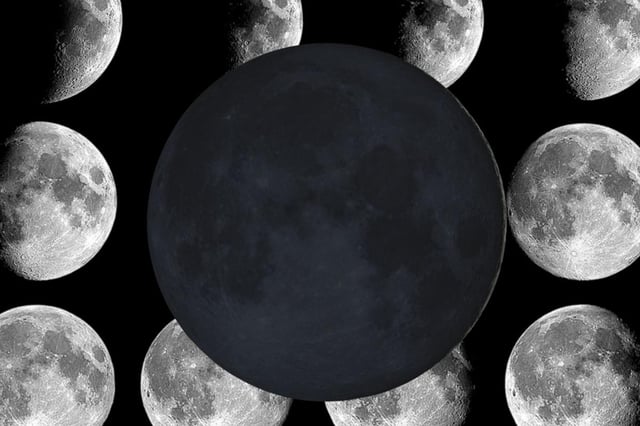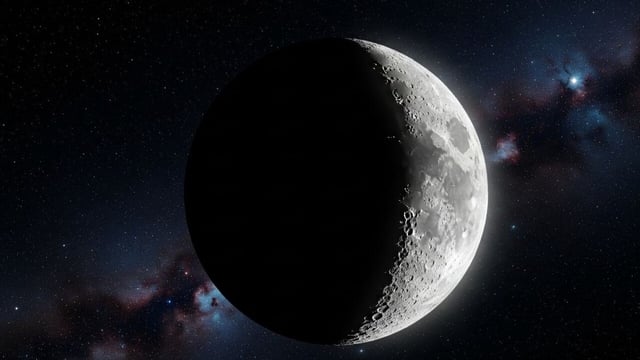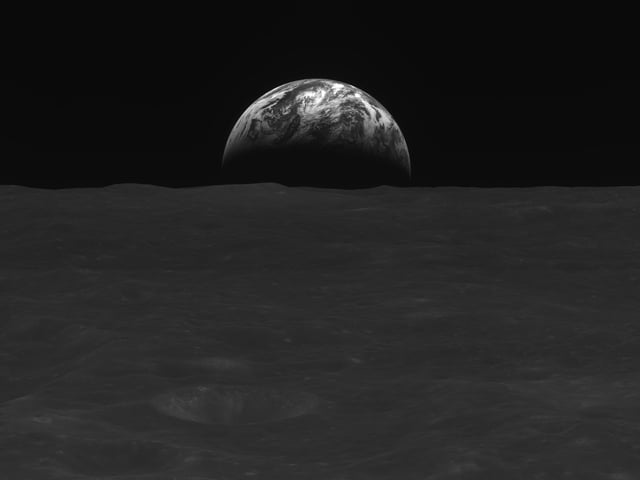Overview
- The U.S. Naval Observatory set the phase change at about 2:06 a.m. EDT on August 23, placing the Moon near the Sun and leaving it invisible to the eye.
- The label “Black Moon” is a popular nickname, and in this case denotes the season’s third of four new moons, a rarity that occurs roughly every 33 months.
- With no lunar glow, observers get prime conditions to spot faint star clusters, the Milky Way and lingering Perseid meteors through the weekend in dark-sky locations.
- A very thin waxing crescent is expected to reappear low in the western sky after sunset on August 24 and 25.
- Outlets note multiple definitions for the term, with the next monthly version due on August 31, 2027 and the next seasonal occurrence projected around August 2028.



